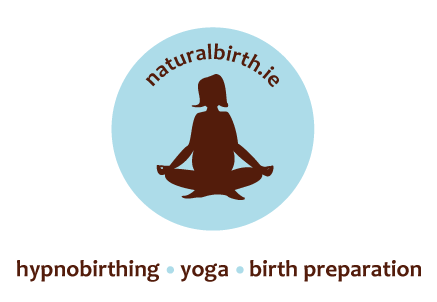Breastfeeding: Positioning & Attachment
- Emily McElarney
- Mar 10, 2017
- 3 min read

In the beginning, when nursing a newborn, paying special attention to positioning and attachment is important to avoid a poor or shallow latch that will hurt your nipples and make feeding difficult.
That said, there is no right or wrong here, as long as your baby is getting and drinking milk, and you know this because baby is having plenty of wet and dirty nappies, and you are not in pain then happy days!. If you stand on your head to feed and that works for you and baby, then so be it (and we salute you!).
In the early days (and beyond!) your baby will be feeding very often, so it's important that the latch is good to avoid nipple damage and achieve optimum milk transfer.
A good latch looks like this:
Baby is comfortably snuggled up to mum, tummy to tummy, or without having to turn his or her head to get to the breast.
Baby is able to tip his/her head back
Baby’s lips are visible and ‘flanged’ outside the nipple (think ‘fish lips’) when he/she is latched on
There is little or none of the areola visible when baby is latched on (did you know milk comes out from the whole dark part of the breast/nipple - not just the knobbly bit!!)
Baby is rhythmically sucking and swallowing - visible by the movement behind baby’s ear when he swallows
While baby is feeding it is not painful (it might feel a little ‘pinchy’ at first but that should not continue throughout the feed)
After the feed your breasts feel a bit softer or at least if they were very full - they are not afterwards, baby seems content and has wet and dirty nappies appropriate to his age (see this chart for details)
https://www.breastfeeding.ie/First-few-weeks/Guidelines-for-mothers/
If you find it hard to get a good and comfortable latch it would be a good idea to seek help e
ither from a Cuidiú or la leche league volunteer or group or from a qualified lactation consultant. Most latch issues are easily solved so please don’t lose heart and don’t ‘wait and see if it gets better’, it probably won’t without help!
So what position is best?
Well that’s up to you. We firmly believe in the benefits of laid-back breastfeeding or biological nurturing, especially in the early days of breastfeeding. This technique is very easy to do and is really a hands-off approach where mum simply lies back on a pile of pillows and allows baby to find the nipple and latch on himself. This is usually the perfect latch for you both! Feeding this way provides mum with some much needed rest when she’s recovering from pregnancy and birth, it provides a wonderful opportunity for skin-to-skin contact with all its wonderful benefits and it allows baby to use his or her senses and work on his neck strength and muscle development while crawling to the breast and latching on when he finds it! That’s not to mention all the lovely cuddles and kisses you’ll share while baby is nursing. Laid back breastfeeding is also useful for fast letdown of milk and healing if your nipples are damaged and sore.
There is great information on laid-back breastfeeding at:
http://www.biologicalnurturing.com/pages/recipe.html
https://www.llli.org/docs/0000000000000001WAB/WAB_Tear_sheet_Toolkit/01_laid_back_breastfeeding.pdf
Other positions you might see and hear about are
The cradle position
The cross-cradle position
The ‘rugby clutch’ position
Side-lying - always a winner for feeding through the night
And you can learn more about them here : http://www.lalecheleague.org/faq/positioning.html
If you have been feeding in a particular position and your nipples have become sore, changing position for a few days can really help the soreness heal up. For example if you’ve been using the cradle position, try laid back breastfeeding or the rugby clutch position for a few feeds and see if that helps. If it doesn’t - get help.
The important thing to remember is that every day you and baby will gain skill and confidence and soon you’ll both be pros! At that point it doesn’t matter what position you or baby is in while nursing. You can even feed on the go in a sling!
Emily runs a mother to mother breastfeeding support group in Rush Co. Dublin She also facilitates breastfeeding workshops at the elbowroom in Dublin








Comments